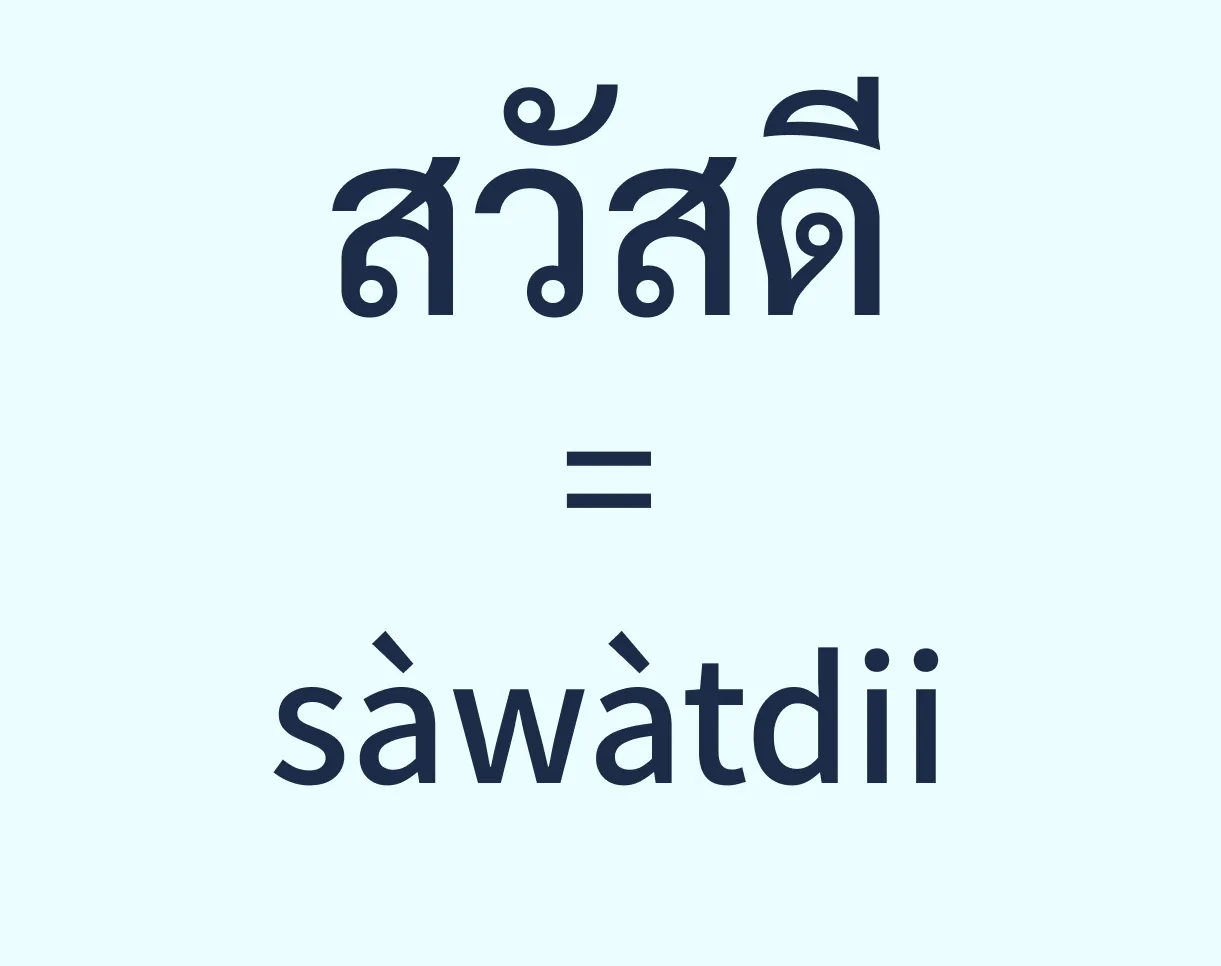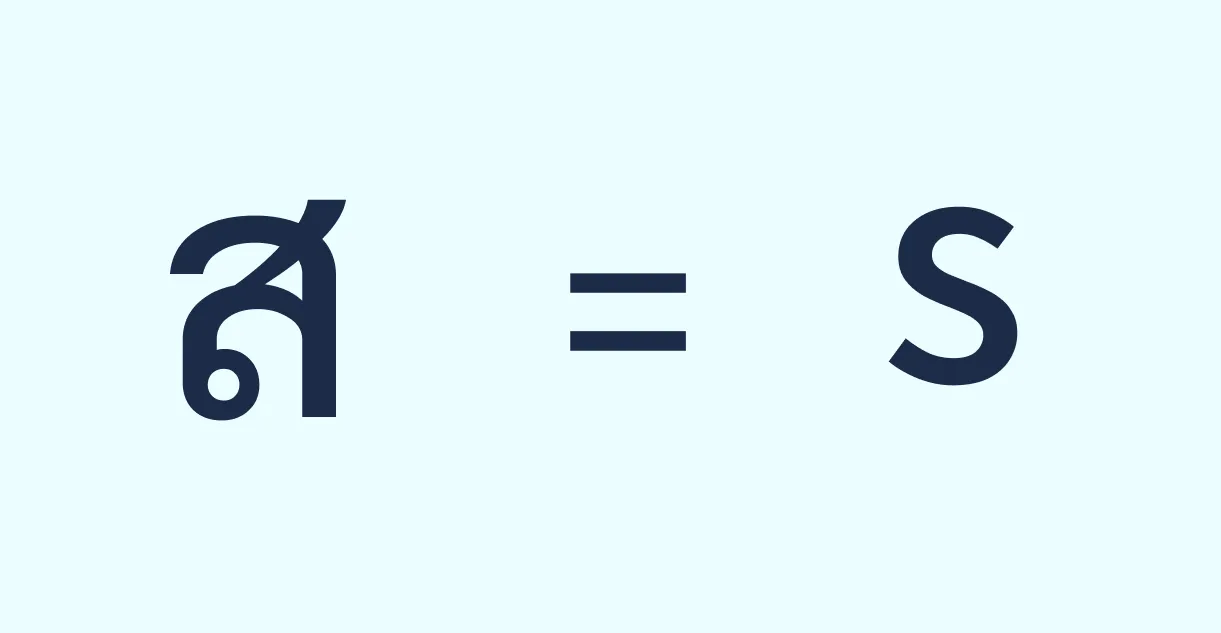Your Complete Journey to Reading Thai

This article breaks down the complete journey to reading Thai. By understanding the big picture, you’ll know exactly where to start and identify what skills you need to develop next.
What Makes Up Thai Pronunciation
Thai pronunciation consists of three main elements:
- Consonants: The initial sounds that start each syllable (like k, s, m)
- Vowels: The voice sounds that follow consonants (like aa, ii, uu)
- Tones: The pitch patterns that give meaning to words
We use phonetic symbols (like romanization) to represent these pronunciation elements.
Your Learning Path
Here’s the step-by-step journey to master Thai reading:
- Master phonetic symbols
- Learn consonant characters
- Learn vowel characters
- Master tone rules
- Read complete sentences
1. Master Phonetic Symbols
Start by learning to read Thai using phonetic symbols—like a romanization system. This might surprise you, but you can actually start learning Thai conversation using just phonetic symbols, even before tackling the actual script!
Phonetic example: sàwàtdii
Breaking it down: sà (sah) + wàt (waht) + dii (dee)
→ That’s how you pronounce “สวัสดี” (hello)!

2. Learn Consonant Characters
Next, you’ll connect consonant characters to their sounds.
For example, you’ll learn that “ส” makes the “s” sound.
Thai has 42 consonant characters, but here’s the good news: you don’t need to memorize 42 different sounds! Many characters share the same pronunciation, so there are only 21 distinct consonant sounds to learn.

3. Learn Vowel Characters
Vowels are placed around consonants—above, below, left, and right—like decorating the consonant character.
There are 9 basic vowel sounds, which can be:
- Long vowels (held longer)
- Short vowels (clipped short)
- Compound vowels (combinations of sounds)
Once you learn vowels, you’ll recognize that this consonant (s) plus this vowel (aa) creates the sound “sǎa” (setting aside tones for now).

4. Master Tone Rules
Thai has 5 tones—different pitch patterns that completely change word meanings. Every Thai syllable uses one of these 5 tones.
This is why tone matters: the same consonant-vowel combination “maa” means different things depending on tone—“mǎa” (dog) versus “máa” (horse).

Repetitive Practice is Key for Tones
Tone rules depend on combinations of consonants, vowels, and tone marks. These rules are complex with many exceptions—everyone finds them challenging!
When reading fluently, you can’t stop to analyze which rule applies. That’s why apps like Thai Reading are so valuable—they help you practice until you recognize tone patterns visually and instinctively. You need to move from understanding the rules to recognizing patterns automatically.